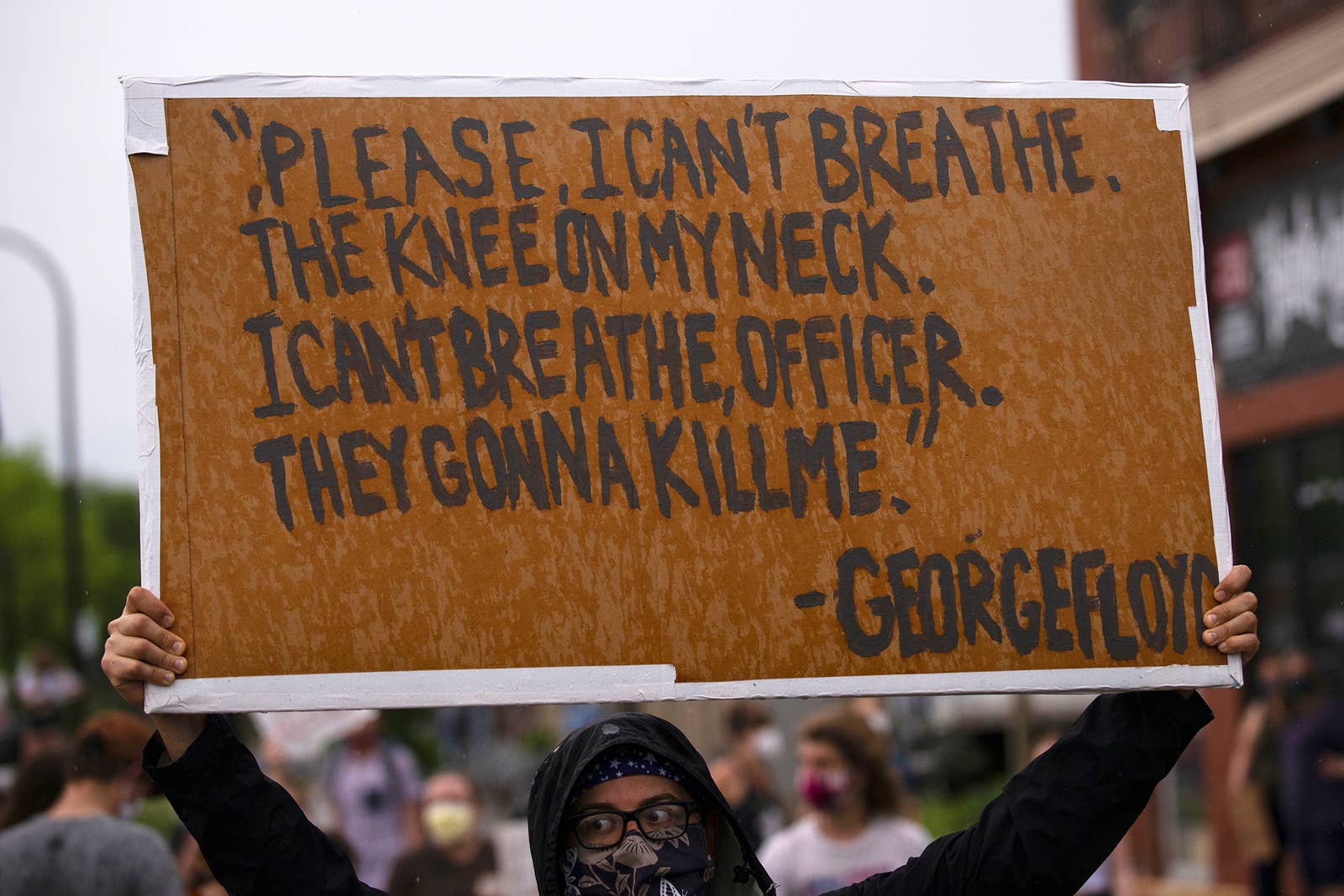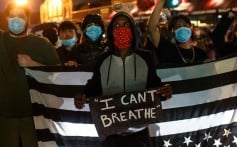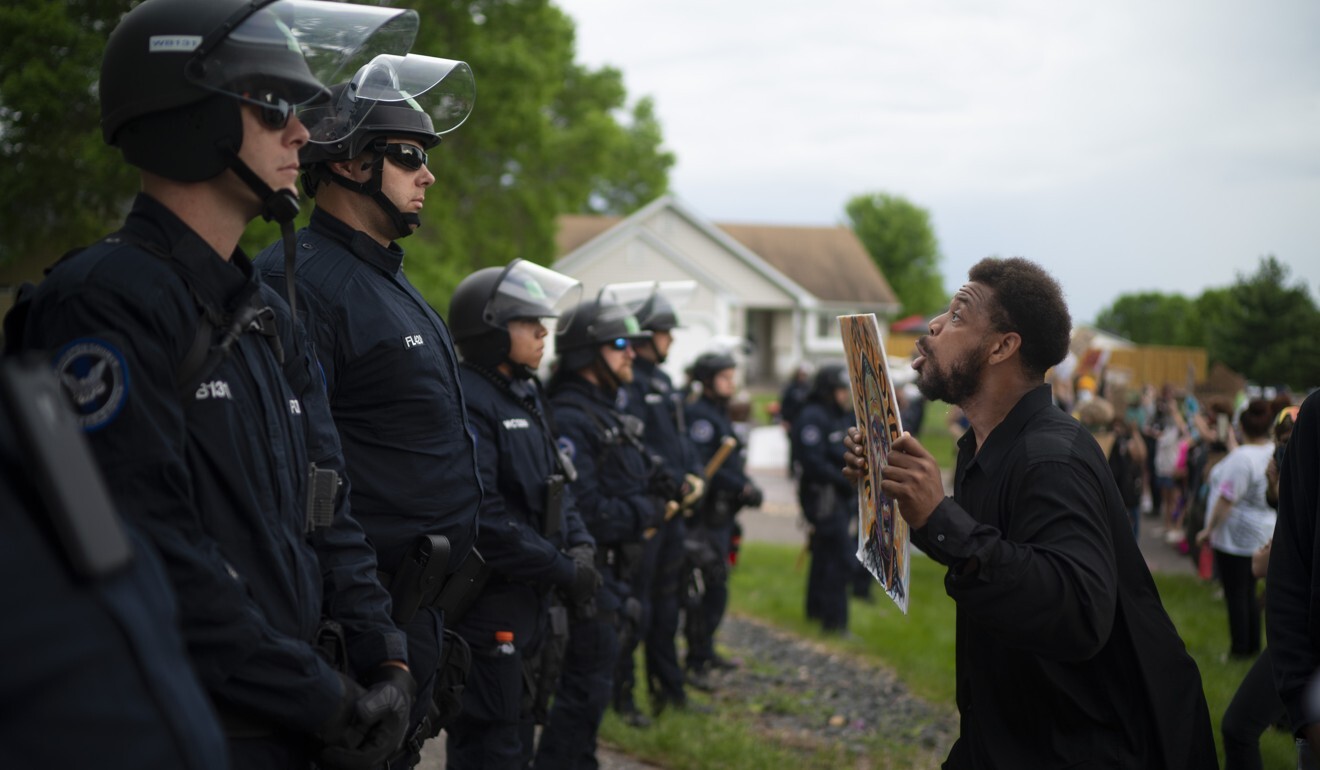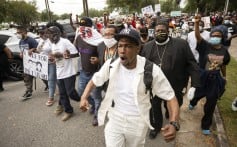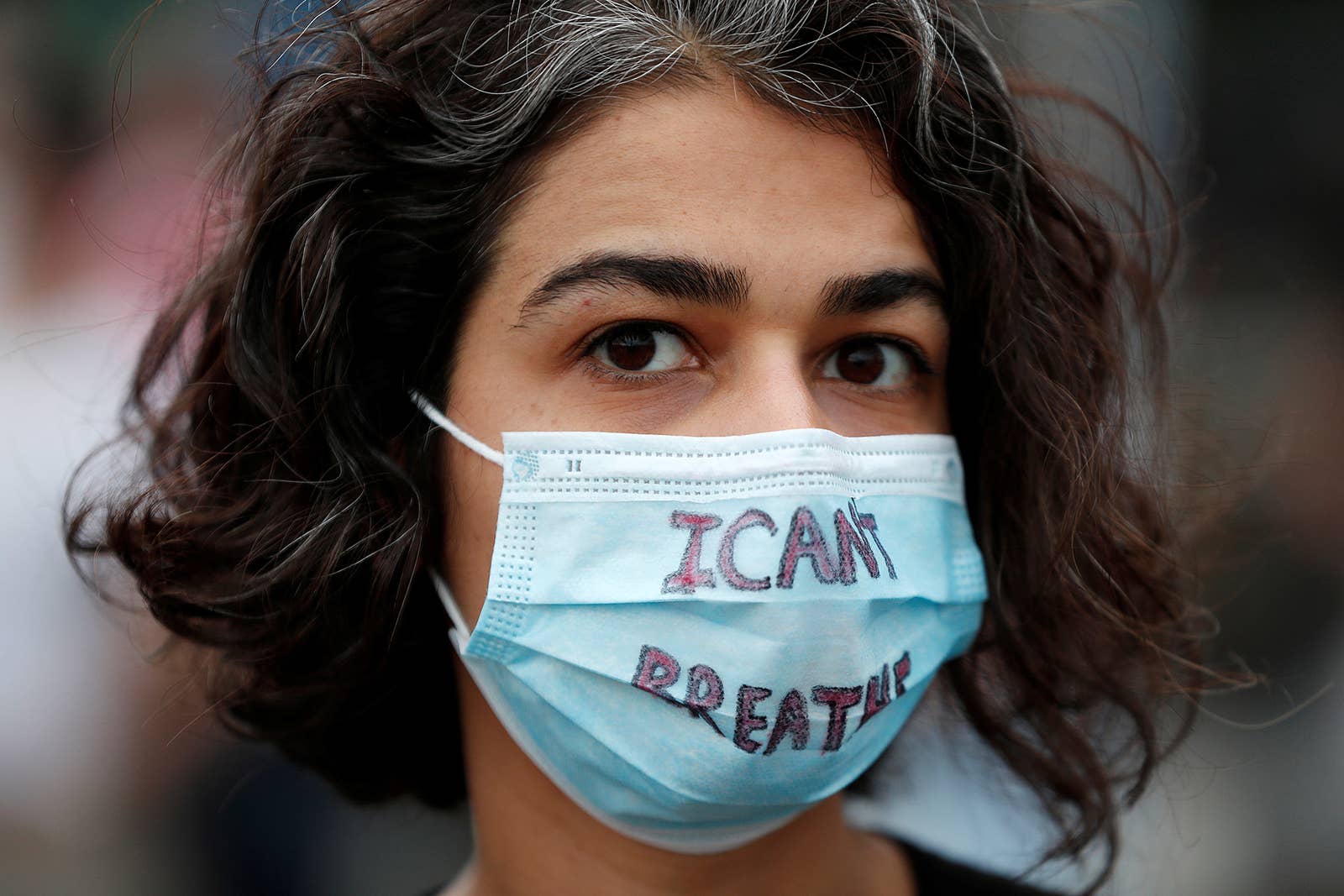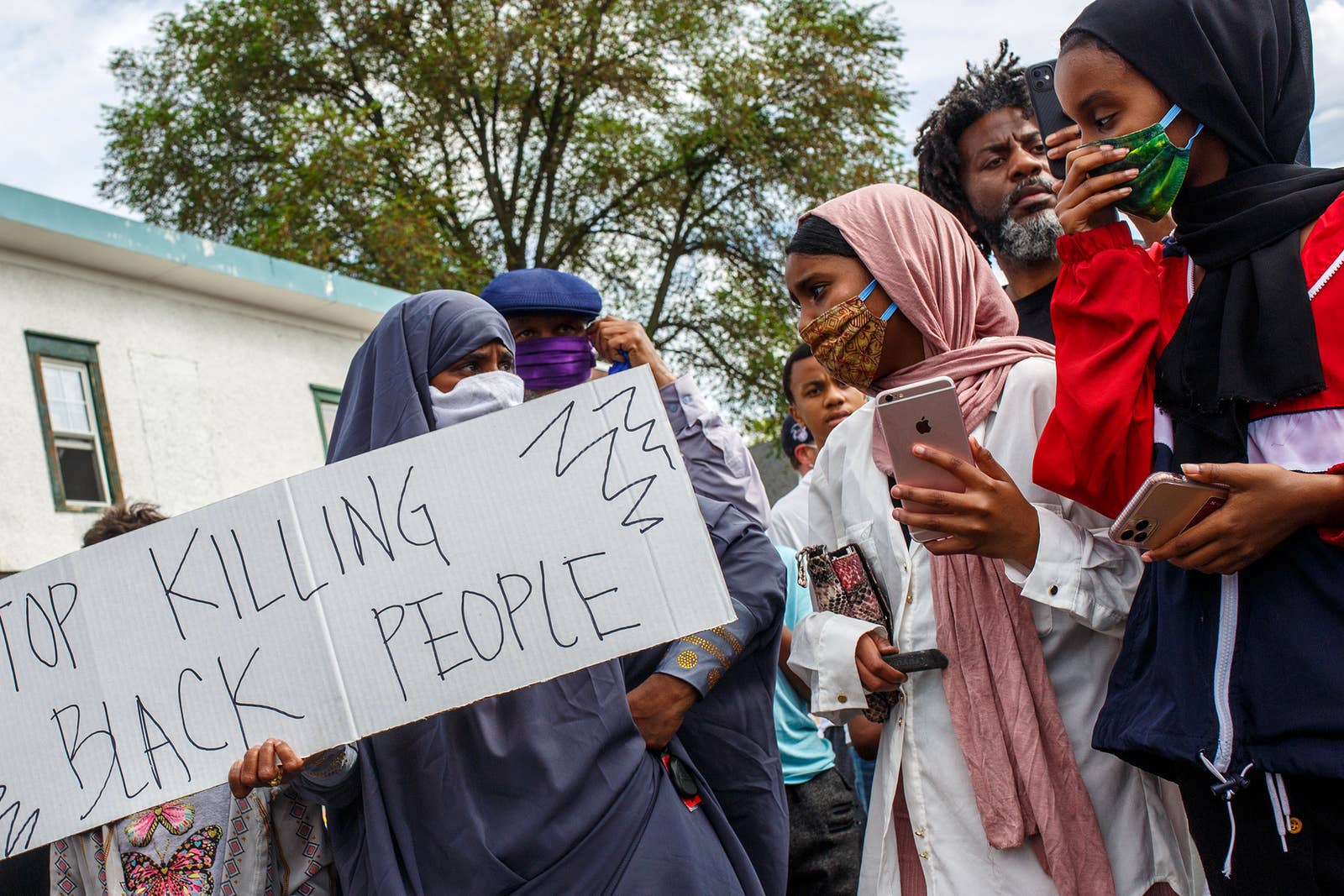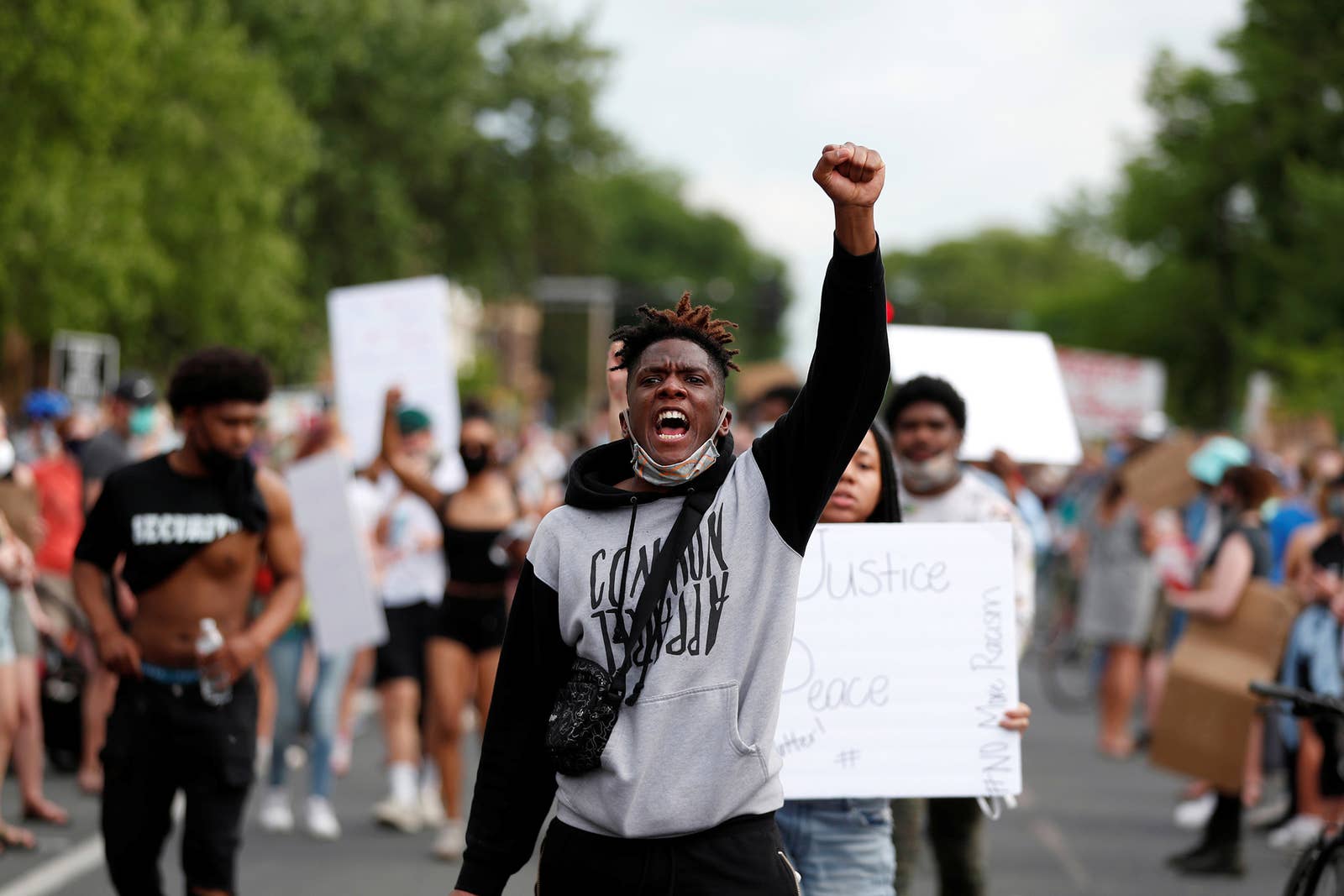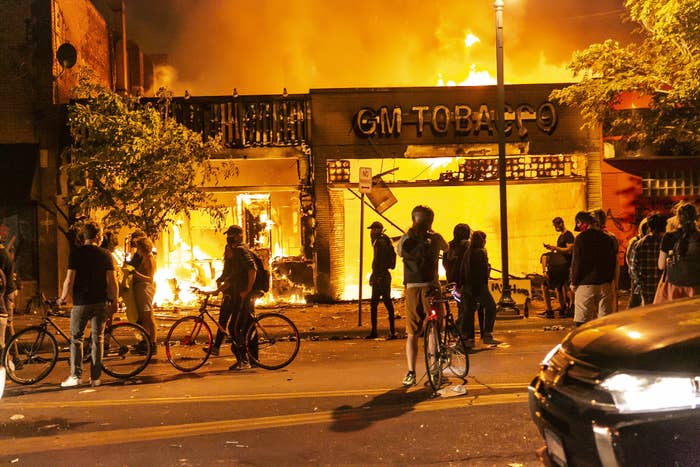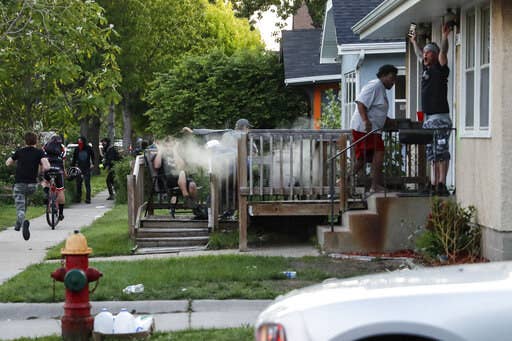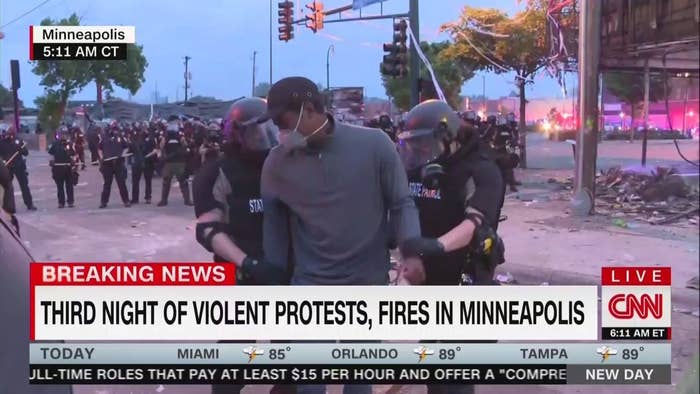Why Trump’s Popularity Surge Faded So Quickly
The phenomenon demonstrates the rise and fall of dominant leaders in turbulent times
By Hemant Kakkar on May 27, 2020 SCIENTIFIC AMERICAN
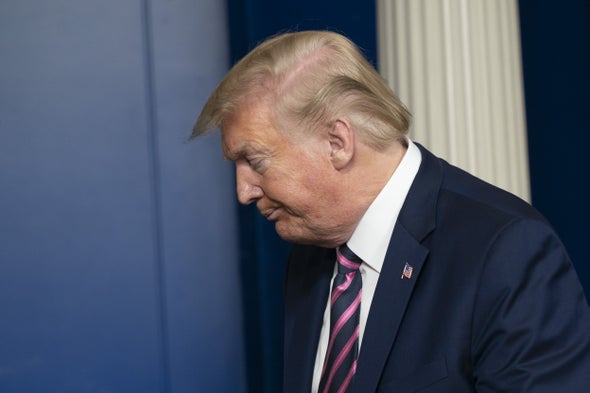
President Donald Trump leaves after a news conference in the White House in Washington, D.C., on Friday, April 24, 2020. Trump has been determined to talk his way through the coronavirus crisis, but his frequent misstatements at his daily news conferences have caused a litany of public health and political headaches for the White House. Credit: Chris Kleponis Getty Images
Something peculiar has been happening with President Donald Trump’s popularity. In the early stages of his response to the coronavirus pandemic, Trump’s approval rating soared, reaching a pinnacle not too long after he declared a national emergency. He had never been more popular among Americans, not even when he won the presidential election of 2016. This comports with a phenomenon documented by political scientist John Mueller in a 1970 paper and colloquially described as the rally round the flag effect: during times of crises, leaders enjoy greater popularity and support even among constituencies that were ambivalent or unsupportive in the past. The theory helps explain the increased popularity of leaders around the world during this pandemic.
But since then, Trump has seen a consistent decline in his approval ratings, down to precoronavirus levels. Why did his popularity slump as swiftly as it surged?
A social psychological theory of status suggests an answer. According to this theory, a leader’s status can be based either on dominance or prestige. Leaders associated with dominance are assertive, controlling in getting their point across, and willing to be coercive and aggressive if necessary. Those identified with prestige are helpful and humble. They get their point across by sharing knowledge and letting others see the wisdom in their methods and expertise. The theory says a leader can win followers by dealing in the currency of either control or mutual respect.
ADVERTISEMENT
Research has shown that during crises or periods of uncertainty, dominant leaders—such as Trump, Indian prime minister Narendra Modi or Chinese president Xi Jinping—command greater support than those associated with prestige. This advantage is based on their perceived ability to take the kind of quick and aggressive action that crises often call for. In research with a sample of more than 140,000 participants across 69 countries, I and my colleagues found that the comparative appeal of dominant leaders is driven largely by a need for control that people feel in uncertain situations: dominant leaders offer followers a vicarious sense of control.
But dominance does not always serve a leader—even in a crisis. In follow-up work, we investigated the maxim “the higher you are, the harder you fall”—the popular idea that high-status leaders suffer greater ignominy and censure after alleged revelations of misconduct. Across a series of archival and laboratory studies, we showed this maxim to be only partially true. We found that the falls of high-status dominant leaders were “harder” than those of leaders associated with prestige. Dominant leaders’ misconduct was considered deliberate and intended to benefit themselves, while prestige-based leaders were much more likely to be given the benefit of the doubt. As a result, dominant leaders were condemned more harshly.
The gradual decline in the Trump’s approval rating started after a number of controversial statements, including but not limited to advocating for an unproved drug, suggesting the value of taking a disinfectant shot and neglecting experts opinions. All these incidents might have been fine and could have been attributed to the president not being a medical expert. His constant celebration of the stock market, tweeting of his increasing approval rating and statements inciting the public to disregard shelter-in-place orders in the midst of a pandemic in which tens of thousands of Americans have died, however, made it hard to deny that his actions seem to be driven more by self-interest—specifically, his desire to get reelected—than by a leader’s sense of responsibility for keeping citizens safe and informed. The blatant promotion of self-interest appears to be a key factor behind the decline in Trump’s popularity when other leaders in the world are continuing to enjoy healthy boosts in popularity.
In response to setbacks, a go-to strategy for dominant leaders is to blame an external party for the current troubles so that the people can rally around a common enemy. This has been a successful plan for many such dominant leaders, including Modi, Russian president Vladimir Putin—and Trump. He very effectively used the strategy in the 2016 election when, as an outsider to politics, he blamed the current establishment and immigrants to buffer his support among U.S. voters. It’s not a surprise, then, that Trump has increasingly targeted China as the cause of the current crisis. This strategy may not be adequate this time, however, not only because China can destabilize trade negotiations—worsening the U.S. economy even further—but also because the health and economic crises have been prolonged. And how well the president is believed to have dealt with them is likely to be a crucial factor in the election.
To that end, it is important for any dominant leader to demonstrate empathy, humility and, most importantly, that his or her actions have been governed by the need of the hour—to help others rather than to promote his or her own cause. Our findings show that people are willing to pardon the negative actions of even a dominant leader if she or he comes across as caring and empathetic—demonstrated attributes of a prestige-based leader. Modi and Xi, despite harboring classic authoritarian leader traits, have done exactly that. In their messages to their people, they have shown compassion and sympathy and thus have seen a stable rise in popularity since the crisis began. If Trump can look past his narcissistic tendencies, he might be able to win back some lost ground. But based on the evidence of his actions over the past four years, that reaction seems quite improbable.
Something peculiar has been happening with President Donald Trump’s popularity. In the early stages of his response to the coronavirus pandemic, Trump’s approval rating soared, reaching a pinnacle not too long after he declared a national emergency. He had never been more popular among Americans, not even when he won the presidential election of 2016. This comports with a phenomenon documented by political scientist John Mueller in a 1970 paper and colloquially described as the rally round the flag effect: during times of crises, leaders enjoy greater popularity and support even among constituencies that were ambivalent or unsupportive in the past. The theory helps explain the increased popularity of leaders around the world during this pandemic.
But since then, Trump has seen a consistent decline in his approval ratings, down to precoronavirus levels. Why did his popularity slump as swiftly as it surged?
A social psychological theory of status suggests an answer. According to this theory, a leader’s status can be based either on dominance or prestige. Leaders associated with dominance are assertive, controlling in getting their point across, and willing to be coercive and aggressive if necessary. Those identified with prestige are helpful and humble. They get their point across by sharing knowledge and letting others see the wisdom in their methods and expertise. The theory says a leader can win followers by dealing in the currency of either control or mutual respect.
ADVERTISEMENT
Research has shown that during crises or periods of uncertainty, dominant leaders—such as Trump, Indian prime minister Narendra Modi or Chinese president Xi Jinping—command greater support than those associated with prestige. This advantage is based on their perceived ability to take the kind of quick and aggressive action that crises often call for. In research with a sample of more than 140,000 participants across 69 countries, I and my colleagues found that the comparative appeal of dominant leaders is driven largely by a need for control that people feel in uncertain situations: dominant leaders offer followers a vicarious sense of control.
But dominance does not always serve a leader—even in a crisis. In follow-up work, we investigated the maxim “the higher you are, the harder you fall”—the popular idea that high-status leaders suffer greater ignominy and censure after alleged revelations of misconduct. Across a series of archival and laboratory studies, we showed this maxim to be only partially true. We found that the falls of high-status dominant leaders were “harder” than those of leaders associated with prestige. Dominant leaders’ misconduct was considered deliberate and intended to benefit themselves, while prestige-based leaders were much more likely to be given the benefit of the doubt. As a result, dominant leaders were condemned more harshly.
The gradual decline in the Trump’s approval rating started after a number of controversial statements, including but not limited to advocating for an unproved drug, suggesting the value of taking a disinfectant shot and neglecting experts opinions. All these incidents might have been fine and could have been attributed to the president not being a medical expert. His constant celebration of the stock market, tweeting of his increasing approval rating and statements inciting the public to disregard shelter-in-place orders in the midst of a pandemic in which tens of thousands of Americans have died, however, made it hard to deny that his actions seem to be driven more by self-interest—specifically, his desire to get reelected—than by a leader’s sense of responsibility for keeping citizens safe and informed. The blatant promotion of self-interest appears to be a key factor behind the decline in Trump’s popularity when other leaders in the world are continuing to enjoy healthy boosts in popularity.
In response to setbacks, a go-to strategy for dominant leaders is to blame an external party for the current troubles so that the people can rally around a common enemy. This has been a successful plan for many such dominant leaders, including Modi, Russian president Vladimir Putin—and Trump. He very effectively used the strategy in the 2016 election when, as an outsider to politics, he blamed the current establishment and immigrants to buffer his support among U.S. voters. It’s not a surprise, then, that Trump has increasingly targeted China as the cause of the current crisis. This strategy may not be adequate this time, however, not only because China can destabilize trade negotiations—worsening the U.S. economy even further—but also because the health and economic crises have been prolonged. And how well the president is believed to have dealt with them is likely to be a crucial factor in the election.
To that end, it is important for any dominant leader to demonstrate empathy, humility and, most importantly, that his or her actions have been governed by the need of the hour—to help others rather than to promote his or her own cause. Our findings show that people are willing to pardon the negative actions of even a dominant leader if she or he comes across as caring and empathetic—demonstrated attributes of a prestige-based leader. Modi and Xi, despite harboring classic authoritarian leader traits, have done exactly that. In their messages to their people, they have shown compassion and sympathy and thus have seen a stable rise in popularity since the crisis began. If Trump can look past his narcissistic tendencies, he might be able to win back some lost ground. But based on the evidence of his actions over the past four years, that reaction seems quite improbable.
ABOUT THE AUTHOR(S)
Hemant Kakkar is an assistant professor of management at Duke University's Fuqua School of Business. In his research, he draws on social psychological and evolutionary theories of status to examine judgments and behaviors of individuals and groups within social hierarchies.
Recent Articles
How Drug Company Ads Downplay Risks
Explaining the Global Rise of "Dominance" Leadership
Hemant Kakkar is an assistant professor of management at Duke University's Fuqua School of Business. In his research, he draws on social psychological and evolutionary theories of status to examine judgments and behaviors of individuals and groups within social hierarchies.
Recent Articles
How Drug Company Ads Downplay Risks
Explaining the Global Rise of "Dominance" Leadership



